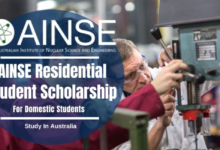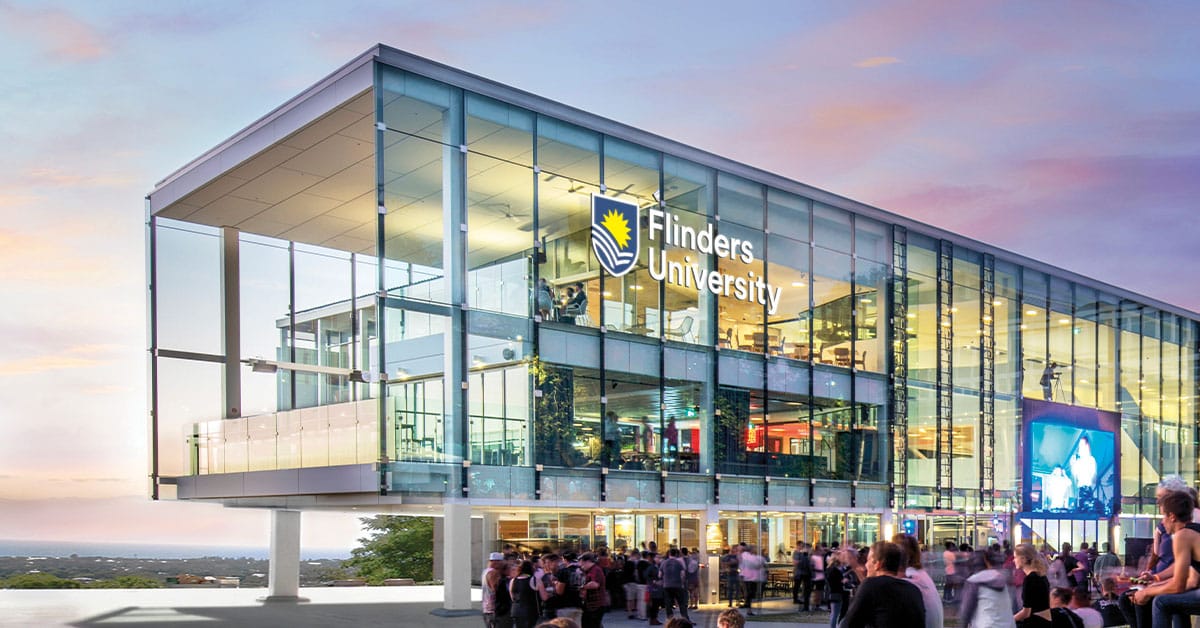The University of Technology Sydney UV Radiation and Corneal Damage Research Scholarship, Australia 2023
Application is now open for the UV Radiation and Corneal Damage Research Scholarship at the University of Technology Sydney. Interested applicants are encouraged to send their applications in before the deadline date.
About the University of Technology Sydney and Scholarship
UTS is a public university of technology distinguished by its commitment to the economic, social, and cultural well-being of their communities. The school assess its success by the success of its students, faculty, and partners, and they are dedicated to research, innovation, and the sharing of information of public importance. They are and will always be an inclusive university.
UTS features a culturally varied campus culture as well as dynamic international exchange study and research programs that equip graduates for today’s and tomorrow’s jobs. The campus is located in the heart of Sydney’s creative and digital zone, right next to the city’s central business district. The continuous transformation of the UTS campus will guarantee that they continue to maintain and build a purpose- and sustainably-built campus to foster innovation in teaching and research, continuing a 10-year era of substantial development.
Full-time postgraduate scholarships are currently available at the Centre for Inflammation for suitably qualified candidates with a strong Honours degree (or equivalent) in biomedical science, pharmacology, chemistry, biomedical engineering, or pharmacy to pursue research studies leading to a Ph.D. focused on how UV radiation damages the cornea.
The cornea, along with the skin, is the tissue most vulnerable to ultraviolet radiation (UVR) from sunshine. The outermost cells of the multilayered epithelium absorb much of the UVR and must deal with its detrimental effects to maintain normal shape and clarity; otherwise, vision-impairing disorders such as keratoconus and ocular malignancies can develop. Low doses of UVR, similar to 80 minutes of Sydney sunlight, allow corneal epithelial cells to proliferate and shed from the surface while preserving tissue integrity and clarity. Chronic exposure to very low amounts of UV radiation, on the other hand, can contribute to keratoconus, a disease that can necessitate corneal transplants or lead to blindness if left untreated.
This study will look at the signaling routes used by corneal epithelial cells to respond to UVR, as well as the fundamental processes underlying epithelial stratification. It will utilize sophisticated fluorescence microscopy to see epithelial cells as they divide, move, and stratify in living corneas. The corneas of novel reporter strains of genetically engineered mice will be utilized to find and analyze signaling responses in live tissue, and their relevance will be determined using pathway-specific medicines.
Details about UV Radiation and Corneal Damage Research Scholarship at the University of Technology Sydney:
Scholarship Sponsor: University of Technology Sydney, Australia
Scholarship Value: $32,500 per year (RTP Stipend rate, indexed annually); additional funds ($7.5k) during the PhD for travel and other PhD-related expenses.
Number of awards: N/A
Study level: PhD
Host Institution(s): University of Technology Sydney, Australia
Eligibility Criteria for UV Radiation and Corneal Damage Research Scholarship
Applicants are advised to meet the following conditions to be eligible for the UV Radiation and Corneal Damage Research Scholarship at the University of Technology Sydney:
- Applicants must be either permanent Australian residents or nationals of New Zealand.
- A bachelor’s degree in a biomedical or biological science is required for applicants.
- Have a solid academic record as well as past laboratory experience
- Completion of an Honours degree with a First Class or Second Class Division 1; or MSc Research; or MSc Coursework with a 6-month research thesis.
Selection Procedure
- Possess great communication skills, the capacity to work with a variety of individuals and within existing collaborative teams, and be highly driven and capable of working independently.
- Possess an understanding of the needs and environment of a research or laboratory
- Know how to use common research applications on a computer.
- ELISA, RNA extraction, reverse transcription, qPCR, western blotting, cell culture, aseptic method, histological analysis, immunohistochemistry, immunofluorescence, flow cytometry, and primer design are a few examples of common lab procedures that must be able to be used.
- Has the ability to run in vivo mouse models.
Additional Information
The cornea is the tissue most exposed to ultraviolet radiation (UVR) from sunlight, along with the skin. To preserve a normal shape and clarity, the outermost cells, which make up a multilayered epithelium, must deal with the UVR’s destructive effects. If they don’t, vision-impairing disorders like keratoconus and ocular malignancies may develop. They have discovered that exposure to modest amounts of UVR, the same as 80 minutes of Sydney sunlight, causes corneal epithelial cells to multiply and shed from the surface while preserving tissue clarity and structure. A disease called keratoconus, which can necessitate corneal transplants or result in blindness if left untreated, can be exacerbated by persistent exposure to very low amounts of UV light.
This study will look at the fundamental processes of epithelial stratification and the signaling pathways through which corneal epithelia cells react to UVR to induce keratoconus. It will observe epithelial cells’ division, migration, and stratification in living corneas using sophisticated fluorescence microscopy. To find and analyze signaling responses in the live tissue and to assess their significance, the corneas of novel reporter strains of genetically engineered mice will be employed.
Application Process for UV Radiation and Corneal Damage Research Scholarship
Prof. Phil Hansbro should be contacted by potential applicants for more information and instructions on how to apply. Please submit your resume along with a brief statement outlining your interest in the project. Information about the shortlisted candidates will be provided.
Please get in touch with Phil Hansbro if you need further details.
The Submission Deadline is: 01 November 2023
Not interested in this particular scholarship? See other Australia scholarships here.








